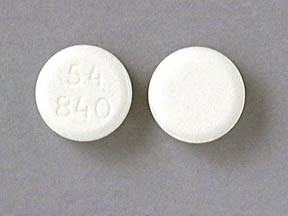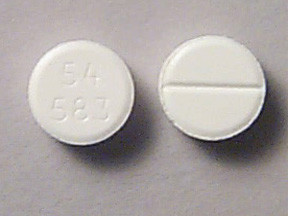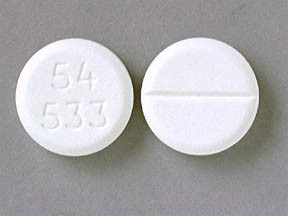FUROSEMIDE - ORAL
PHONETIC PRONUNCIATION: (fyou-ROW-seh-mide)
COMMON BRAND NAME(S): Lasix
GENERIC NAME(S): furosemide
Uses
USES: Furosemide is used to reduce extra fluid in the body (edema) caused by conditions such as heart failure, liver disease, and kidney disease. This can lessen symptoms such as shortness of breath and swelling in your arms, legs, and abdomen. This drug is also used to treat high blood pressure. Lowering high blood pressure helps prevent strokes, heart attacks, and kidney problems. Furosemide is a "water pill" (diuretic) that causes you to make more urine. This helps your body get rid of extra water and salt.
How to use FUROSEMIDE - ORAL
HOW TO USE: Read the Patient Information Leaflet if available from your pharmacist before you start taking furosemide and each time you get a refill. If you have any questions, ask your doctor or pharmacist. Take this medication by mouth as directed by your doctor, with or without food, usually once or twice daily. It is best to avoid taking this medication within 4 hours of your bedtime to prevent having to get up to urinate. Dosage is based on your medical condition, age, and response to treatment. For children, the dose is also based on weight. Older adults usually start with a lower dose to decrease the risk of side effects. Do not increase your dose or take it more often than directed. Take this medication regularly in order to get the most benefit from it. To help you remember, take it at the same time(s) of the day as directed. It is important to continue taking this medication even if you feel well. Most people with high blood pressure do not feel sick. Sucralfate, cholestyramine, and colestipol can decrease the absorption of furosemide. If you are taking any of these drugs, separate the timing of each dose from furosemide by at least 2 hours. Tell your doctor if your condition does not improve or if it worsens (for example, your blood pressure readings remain high or increase).
Side Effects
Precautions
Interactions
Overdose
Images
Reviews
Faq for FUROSEMIDE - ORAL
Furosemide is a medication commonly prescribed to treat conditions such as congestive heart failure, liver disease, kidney disease, and high blood pressure.
Furosemide works by increasing the production of urine and promoting the elimination of excess fluid and salt from the body, relieving symptoms associated with fluid retention.
Common side effects of furosemide include increased urination, dehydration, dizziness, headache, muscle cramps, and low blood pressure. It may also cause electrolyte imbalances such as low levels of potassium, sodium, or magnesium in the body.
Furosemide is usually taken orally, with or without food, typically once or twice daily as directed by a healthcare professional. It is important to follow the prescribed dosage and avoid taking it too close to bedtime to prevent disruptions in sleep due to increased urination.
Yes, furosemide can interact with several medications, including certain antibiotics, anticoagulants, nonsteroidal anti-inflammatory drugs (NSAIDs), and medications that lower blood pressure. It is important to inform your healthcare provider about all the medications, supplements, and herbal products you are taking to prevent any potential drug interactions.
Furosemide should only be used during pregnancy or breastfeeding if absolutely necessary and under the supervision of a healthcare professional. It is important to discuss the potential risks and benefits with your doctor before taking furosemide.
Furosemide begins to work within an hour after taking it orally. However, individual responses may vary, and it is recommended to follow the prescribed treatment duration to achieve the best results.
Abruptly stopping furosemide may cause a rebound effect and worsen the symptoms it was prescribed to treat. It is important to consult your doctor before discontinuing the medication and follow their instructions on gradually reducing the dosage if necessary.
Furosemide can be prescribed to children for certain conditions such as fluid retention associated with heart failure or kidney disease. The dosage and administration should be determined by a pediatrician based on the child's individual needs.
Warning
WARNING: Furosemide is a very potent medication. Using too much of this drug can lead to serious water and salt/mineral loss. Therefore, it is important that you are closely monitored by your doctor while taking this medication. Tell your doctor right away if you become very thirsty or confused, or develop muscle cramps/weakness. See also Side Effects section.
Disclaimer
IMPORTANT: HOW TO USE THIS INFORMATION: This is a summary and does NOT have all possible information about this product. This information does not assure that this product is safe, effective, or appropriate for you. This information is not individual medical advice and does not substitute for the advice of your health care professional. Always ask your health care professional for complete information about this product and your specific health needs.



No Reviews Yet